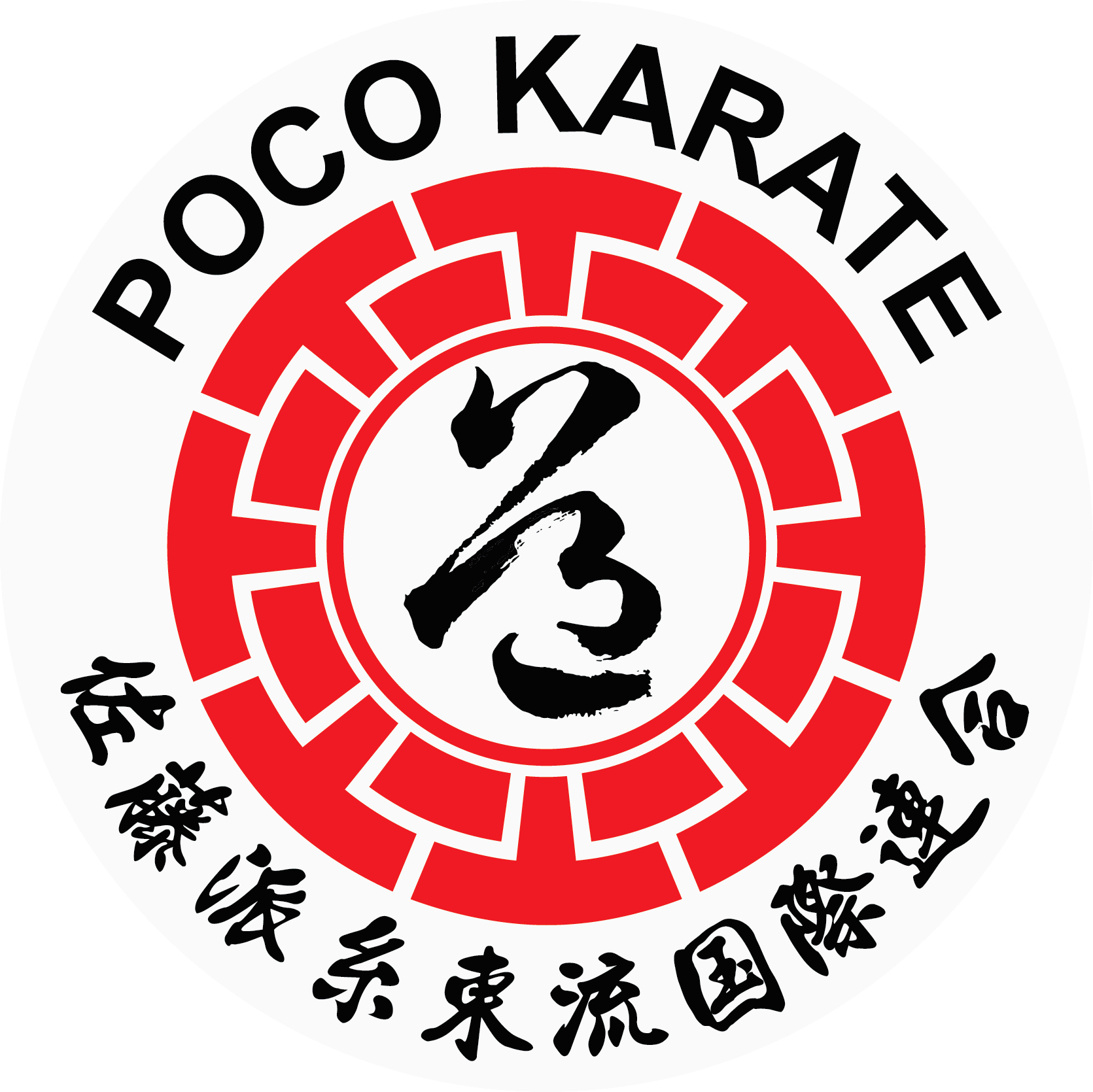Mindful Meditation in Karate
- pocokarate
- Feb 12, 2024
- 3 min read
When I say to people that Karate is more than just self-defence, one of the first things that comes to mind for me is our meditation practices. We practice a form of mindful meditation we call Mokusō (黙想) which has its roots in the formative years of Karate which were heavily influenced by Zen and Shaolin Buddhism. We continue the practice of Mokusō today for it's many practical benefits to our health and our training.
黙 想
moku sō
(silent/quiet) (thoughts/thinking)
Mokusō is a bit of an umbrella term for meditation practices on a wide spectrum from focused visualization to mindful meditation. It you look at the definition of the term Mokusō, you can see that it is composed of Moku, which means silent or quiet, and Sō, which means thoughts or thinking. You can interpret this as "silencing ones thoughts" or as "quietly thinking" (visualization).
In the visualization meditation approach, we sit quietly and attempt to visualize a topic that we are working on improving. This typically could be a karate technique, a Kata, a strategy or tactic, or any number of other personal goals. We attempt to form a crystal clear image in our minds of what the ideal outcome should be, and we rehearse it in our mind until the idea is perfected. If it is a physical technique, we imagine moving our body in the precise manner required and visualize what every sense is feeling throughout the movement. Upon completion of our meditation, we stand up and attempt to implement what we rehearsed in our mind. We practice our physical movements and take notes of our strengths and weaknesses so that we can focus on refined visualizations in our next meditation session. Through this iterative approach of meditation and practice, we not only improve our Karate techniques, but we also strengthen our mind/body connection and awareness, which makes it easier for us to learn and implement more complex concepts.
In the mindful meditation approach, we sit silently and relaxed while trying not to engage in any distracting thoughts. We do not attempt to aggressively push out thoughts, instead, we acknowledge them but do not engage with them. We make every attempt to bring our concentration and focus back to the present. We are not trying to teach our mind to not alert us to new thoughts and concerns. We are instead trying to teach our mind to be more discerning as to what deserves our immediate attention. For beginners, we ask them to only think about their breathing, as this is a sensation in the present to which they can anchor their concentration.

Over the long term, the practitioner becomes better at remaining calm, focused, and less distracted. This has an immense benefit to our health as it greatly helps us reduce our stress by improving our ability to disengage with intruding thoughts and to compartmentalize our thinking processes. It also helps us become calmer individuals who are less agitated by our emotions, which is a huge component of effective self-defence. Individuals with reduced arousal to their emotions are less likely to be provoked into action, or make poor, emotionally charged decisions.
Long term practice in these meditative approaches can be transformative.
In my own personal experience, I can say that I still feel all of the same emotions as always, but mindful meditation has taught me that I don't always have to grab onto an emotion and engage with it. It has helped me compartmentalize my life so that I don't have thoughts from one area of my life intruding into another. Overall it has significantly reduced my stress and allowed me to be completely in the moment more often than not.









Comments